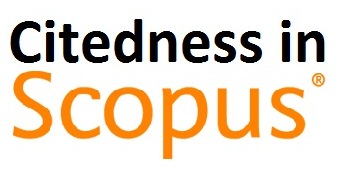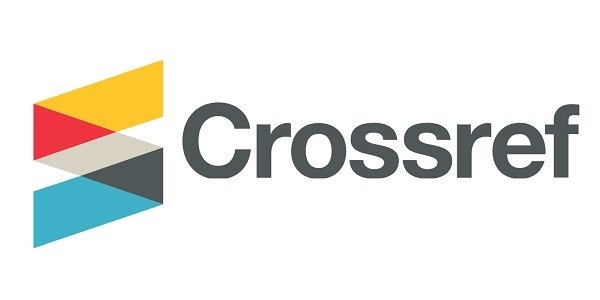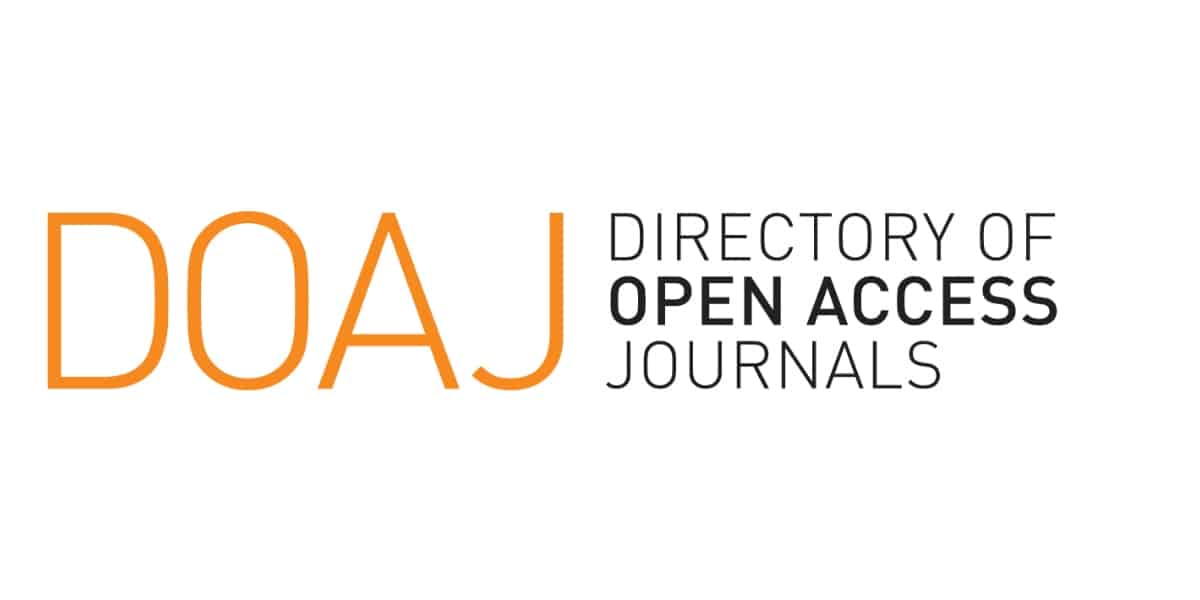HIDROLISIS ENZIMATIS DAN MICROWAVE BAMBU BETUNG (Dendrocalamus asper (Schult.f.)) SETELAH KOMBINASI PERLAKUAN PENDAHULUAN SECARA BIOLOGIS DAN MICROWAVE
Abstract
Enzymatic and acid microwave-assisted hydrolysis of a newly combined biological and microwave
pretreatment was developed to evaluate the reducing sugar yield of betung bamboo fibers. In previous parallel
study of single (biological or microwave) pretreatment, the improvement of reducing sugar yield of microwaveassisted
acid hydrolysis has been reported previously. The cellulase of 10 and 20 FPU/g substrate was applied
in the enzymatic hydrolysis of pretreated biomass using a shaking incubator at 50°C and 150 rpm for 48 hours.
In the microwave-assisted acid hydrolysis, 1.0% sulfuric acid concentration was used either with or without the
activated carbon aditionat microwave hydrolysisat 330 watt for 7.5-12.5 minutes. There was an improvement in
reducing sugar yield of bamboo pretreated biological-microwave pretreatment after microwave assisted-acid
hydrolysis compared to enzymatic hydrolysis. This hydrolysis performance improvement was greater than that of
the single pretreatment (biological or microwave pretreatment). Bamboo pretreated by biological-microwave
pretreatment (5% inoculum loading and irradiated for 5 minutes at 330 W) showed the highest reducing sugar
yield after microwave hydrolysis for 12.5 minutes (16.65% per dry biomass or 18.92% per dry substrate). As
much as 27.21% of hollocellulose can be converted to reducing sugar or 23.84% of theoritical maximum
reducing sugar yield. The benefical effect of activated carbon addition in microwave assisted acid hydrolysis
was the reduction of brown compound even though oligomer adsorption caused the decreasing of reducing sugar
yield.
Keywords: betung bamboo, brown compound, combination of biological and microwave pretreatment, enzymatic
and acid-microwave hydrolysis, reducing sugar yield

_page-00013.jpg)







_(1).png)

